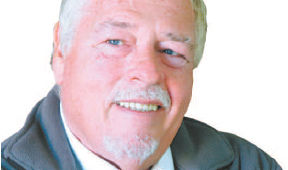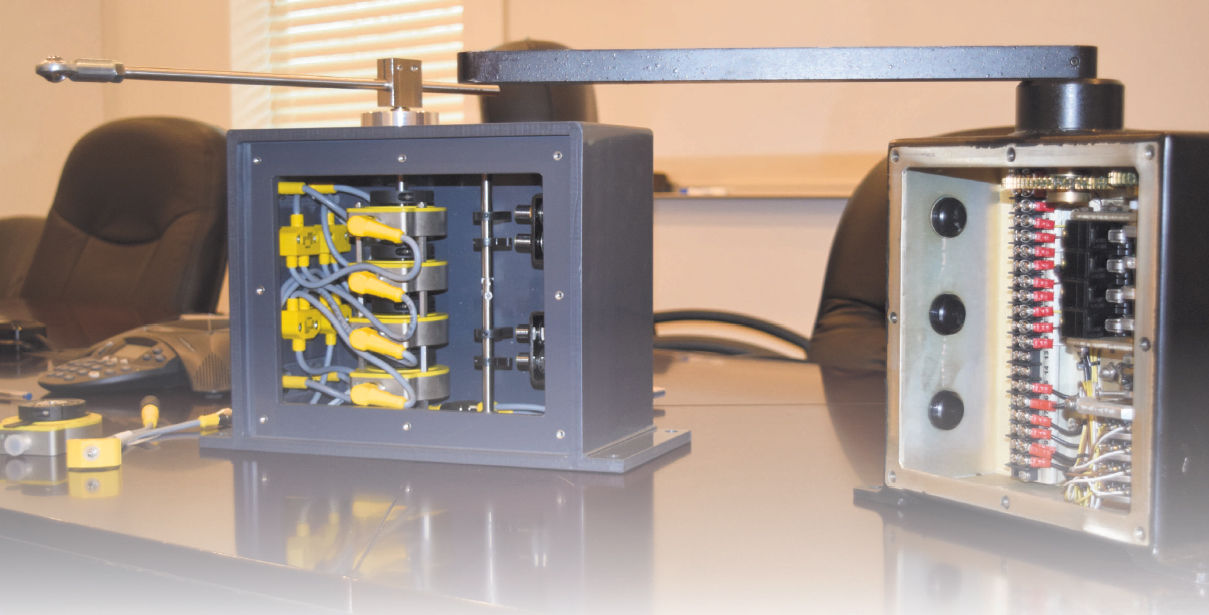
Free expression alive in Terrebonne
March 18, 2016Boil water advisory in Terrebonne
March 19, 2016Ship captains hitting the seas will soon be thanking a local navigation design company for its innovation to a staid, decades-old system.
Sentinel Control, a Houma-based division of Beier Radio, has designed a rudder feedback unit (RFU) that can operate underwater. The new design from Sentinel can operate for up to 24 hours while submerged.
David Lirette founded Sentinel in 2002 with his brother and father, and Beier bought the company in 2012. He said the push to create a submersible RFU came from within, as a large amount of his company’s service calls were related to flooded units.
“In some cases, the rudder rooms tend to be some of the nastiest places on the boat. They frequently flooded. Of all the components that we were possibly being called out on service calls, it was the feedback unit, so that was the reason for the design,” Lirette said.
Sentinel Design Engineer James Cole, who led the redesigning effort along with Lirette, said the two years included tons of research and trial and error.
“In that design, you have multiple evolutions of that product. From that first idea stepping through, you could definitely see the evolution of the product in there. And we ended up with a really good product,” he said.
The finished product is a unit with triple-sealed, PVC plastic housing, 100 percent waterproof electronic encoders and 100 percent sealed limit switches. According to Lirette, due to the need for a shaft to enter the housing, no RFU can be completely waterproof, not even one with Sentinel’s triple-sealed shaft hub. However, the waterproof pieces inside the new unit mean flooding is not the end-all, be-all.
“Any unit is susceptible to water intrusion because of this shaft, whether they say it is or not. We’ve done, made a lot of effort to seal the unit from water getting there, but if it does, we’re OK,” Lirette said.
Watercrafts generally have two forms of steering. Follow-up steering uses a handwheel and a feedback unit to control the rudder angle. With non-follow-up steering, a captain moves a lever until the rudder is where he wishes it to be, then releases the lever. The captain continues to adjust the vessel as needed – a less than optimum approach. When non-submersible RFUs would flood, captains would have to revert to the old-fashioned way of steering, albeit without the RFU providing accurate positioning of the rudder.
“In order to properly steer a boat with non-follow-up control, [the captain] needs to know where that rudder is. Otherwise, he’s letting the boat react to where the rudder is before he can make a correction, which is a very sloppy way of steering,” Lirette explained.
Lirette and Cole said a big challenge was to design the new unit while keeping the costs within reason. Though RFU design has been fairly static for decades, it is still a submarket that does not allow for much overhead.
“Out of all the systems that Sentinel does, the steering system is the most cost-competitive. Go figure,” Lirette
said.
Sentinel’s new design should greatly reduce the number of service calls the company gets on their RFUs. He estimated that Sentinel could reach near-zero callbacks with the new units, which translates to great savings for the company.
“Even though this unit does cost more than the old unit, a single callback on this blows that price difference] out the water,” Lirette said.
Karl Beier, president of Beier Radio, said the submersible RFU is an update to a piece of navigation technology that has not evolved since its inception. As the unit was always considered a minor part in overall navigation systems, designers would overlook it. Beier said his company saw an opportunity to improve an important part of their overall product, and they pushed ahead.
“Technology hasn’t changed in, gosh, 30, 40 years,” he said. “Since rudder feedbacks were created, there really hasn’t been any breakthrough in the components or the structure or design of them. We’re very proud that our engineering group down there, headed by David Lirette, came up with these better ideas.”
The new RFUs will be a part of every new navigation system that Beier installs in vessels. Customers will still be able to buy the old RFUs, but only to replace their existing units that failed. Lirette estimates that the updated design will be part of as many as 20 units this year, based on anticipated projects.
While Sentinel does not have any developments as groundbreaking set to follow the upgraded RFU in the pipeline, it is not slowing down. “Even with how slow we are, it’s crazy how busy we’ve been,” Lirette said.
According to Sentinel’s lead man, the company’s designers won’t have to worry about having too much free time.
“With our current workload right now, engineering is swamped, to say the least. We’re having to deliver system design for current projects,” Lirette said. “And this year the future is looking bright, as far as I’m concerned, regarding more projects coming through.”
Sentinel’s new rudder feedback unit (left) and its predecessor (right). The innovative, new RFU has waterproof components, making it able to function while submerged in water for up to 24 hours.







